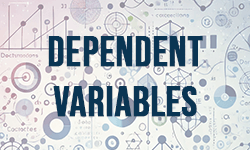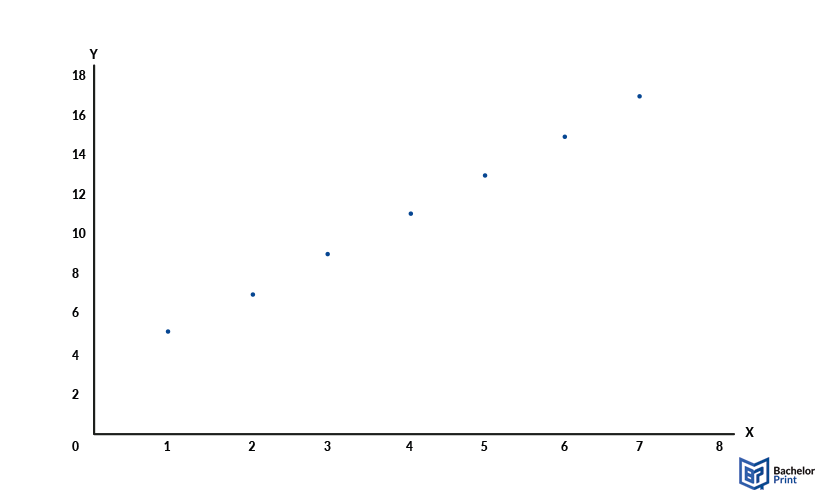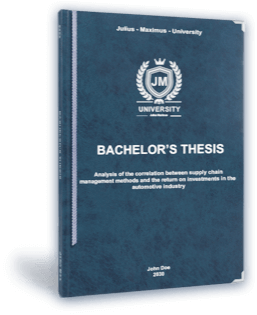
In every experimental methodology, you got one independent variable, which the researcher manipulates freely and another variable, which then shows the effects of that manipulation. This second variable, which depends on other influences, is called a dependent variable. The following article will include everything you need to know about this topic.
Definition: Dependent variables
Dependent variables are sometimes also called response variables or outcome variables, as they depict the results being measured in an experiment. It shows the effect, if there is one, which the manipulation of the independent variable had on the test subjects. It is also possible to have more than one dependent variable if your independent one can have different effects.
Dependent and independent variables
The difference between independent and dependent variables is very simple. They both types of variables are used in scientific experimental context, where one poses the source of a change while the other one depicts its outcome. A researcher usually aims for consistent conditions in an experiment and changes only one thing, the independent variable, in order to observe the effects it has on the test subjects. These results are then measured as the dependent or response variable.
Mathematical use
Equations in mathematics pose the simplest example for an independent and dependent variable. Here, the “y” is the dependent variable, as its value depends on the factor “x” on the other side of the term.

Related types of variables
In the experimental context, there are not only independent and dependent variables, but also others that play a role in the outcome.
- Control variables are the consistent factors. In an experiment, it is important that only the independent variable is alternated and everything else stays the same. Therefore, it is necessary to note every other possible influence as a control variable and keep it steady
- Mediator variables act as an explanation of the relationship between variables and show why and how the explanatory variable influences the results.
- Moderator variables, on the other hand, act as an increasing or decreasing force on the relationship of the dependent and independent variables. They can either strengthen the reaction or weaken it, and must therefore be considered in the research design.
- Extraneous variables are those, which take an influence on the result without being considered. A special type is the confounding variable. These affect the dependent variable and might lead to misinterpretations about the outcome of the study.
- ✓ 3D live preview of your individual configuration
- ✓ Free express delivery for every single purchase
- ✓ Top-notch bindings with customised embossing

Other types of variables
- categorical variables and qualitative variables
- quantitative variables and numerical variables
- nominal variables
- ordinal variables
- discrete variables
- continuous variables
- interval variables and ratio variables
- random variables
- latent variables
- composite variables
- binary variables
FAQs
Dependent variables could be:
- The result of your exam is dependent on the time you spent on studying. This means that the exam result is the dependent variable and the time spent studying is the independent one.
- Another example might be the correlation between stress and blood pressure. In an experiment, you would measure the blood pressure before and after a stressful situation and see if it changes. The blood pressure is the dependent variable here, the stress the independent one.
- In mathematical equations, “y” is the dependent variable, as its value depends on x and the following solution of the equation.
Yes, this is possible. Sometimes, a researcher inspects the effects of an independent variable on different test subjects with different aims, leading to different dependent variables.
If you have to identify the dependent variable in an experimental context, you just have to identify what it is that the researcher manipulates. Usually, you change one thing in a system and then observe, what and how it changes. This is the independent variable. The effects you then measure are the dependent variable.